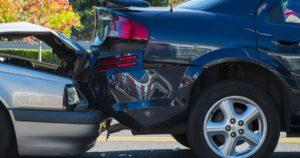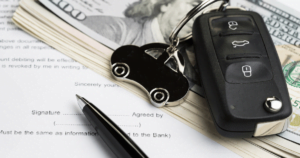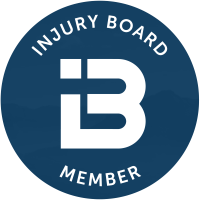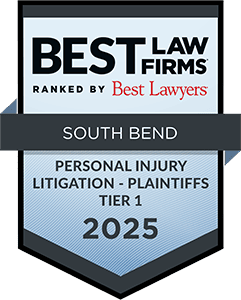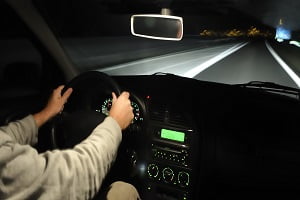 Driving at night may seem like no biggie to most, but in fact, it is an unnatural act. We are not nocturnal beings – we are meant to be active during daylight hours. At night, our depth perception, color recognition and peripheral vision are greatly impaired.
Driving at night may seem like no biggie to most, but in fact, it is an unnatural act. We are not nocturnal beings – we are meant to be active during daylight hours. At night, our depth perception, color recognition and peripheral vision are greatly impaired.
In our culture, it is almost impossible to avoid nighttime driving. That is why our reputable lawyers put together five tips to get help get you through your nighttime driving safely and help lower the risk of a crash.
If you were injured in a car accident after dark because of someone else’s negligence, contact our South Bend car accident lawyers today for a free, no obligation consultation.
Stay Sober
Drunk driving is more likely to occur after dark. The majority of all car accidents involving alcohol occur between the hours of 6 p.m. to 6 a.m. You are most likely to encounter a drunk driver on the roads between midnight and 3 a.m. on weekends.
Never drive under the influence of alcohol or drugs. Before going out where you may drink, arrange for a sober ride home, such as by having a designated driver or calling a cab, or make plans to stay the night.
Have Adequate Lighting
Without the natural sunlight of daytime, drivers have a much more difficult time seeing the road and hazards. Depth perception and peripheral vision are greatly impacted by reduced light.
Make sure your vehicle has adequate lighting to improve safety when driving at night.
- Ensure your headlights are fully operational and aligned properly. If headlights need to be replaced, replace the pair rather than just one – this ensures equal lighting levels. Having one bright beam and one dull one can distract passing motorists as well as make it more difficult for you to see well.
- Keep the headlight housings clean. Grime from the road and oxidation diminish light output, reducing your visibility. Buff the lenses within the housing to improve their functionality.
- Make sure all brake lights work. Replace any dead bulbs to ensure other drivers are alerted that you are braking. Replace any damaged brake light housings on your vehicle.
Know how and when to use your high beams (also called “brights”). Only use high beams in unlit areas when no vehicles are in front of you or traveling in the opposite direction. Always turn off your high beams when another vehicle is approaching yours or you are following behind another car. Do not use fog lights for typical nighttime driving.
Especially in lower vehicles, another car’s headlights can be at your eye level, making it difficult to see the roadway as you travel. In this scenario, look down and to the opposite direction of the light – use the lane line as a guide to stay on and follow the road.
Keep Mirrors and Windshield Clean
When driving after dark, glare from the headlights of passing vehicles can limit your vision. When your windshield is dirty, it becomes more difficult to see when headlights shine upon it.
Keep your windshield clean both inside and out to improve vision after dark. Make sure your windshield wiper fluid is topped off and your wiper blades are in good condition – replace them if they have dulled. Clean the inside of your windshield with glass cleaner and ensure there is no streaking, which could catch the light and make it difficult to see.
Your mirrors should also be kept clean so you can use them as needed after dark. Clean both your side mirrors and rearview mirror and set them in the proper positions so you can use them as intended.
Avoid Your Phone and Other Distracting Technology
While it is always important to limit distractions when driving, reduced visibility after dark makes it even more critical. Always keep your full attention on the task of driving and your eyes on the road.
- Do not use your cellphone for calls, texts or other purposes.
- Set your GPS, radio, and heating or air conditioning before traveling.
- Limit conversations with passengers.
Have an Emergency Kit Ready
Keep an emergency kit in your vehicle with supplies that will help you stay safe in the event of a break down after dark. Stock your car with the following:
- Jumper cables
- Spare tire and tools to change it
- Motor oil
- Flashlight and batteries
- Blanket and warm clothing
- Backup battery or charger for your cellphone
- First aid kit
- Bottled water and nonperishable snacks
Contact Our Accident Attorneys for Help
If you were injured in a car accident, our South Bend automobile accident attorneys will work hard to pursue the compensation you deserve for your medical bills, lost wages, and pain and suffering. We will review your case and inform you of your legal options for pursuing maximum compensation.
Request a free, no obligation consultation today. We charge no upfront fees and payment is only owed if we recover compensation for you.
Call (574) 444-0741 and speak to a lawyer about your claim.



